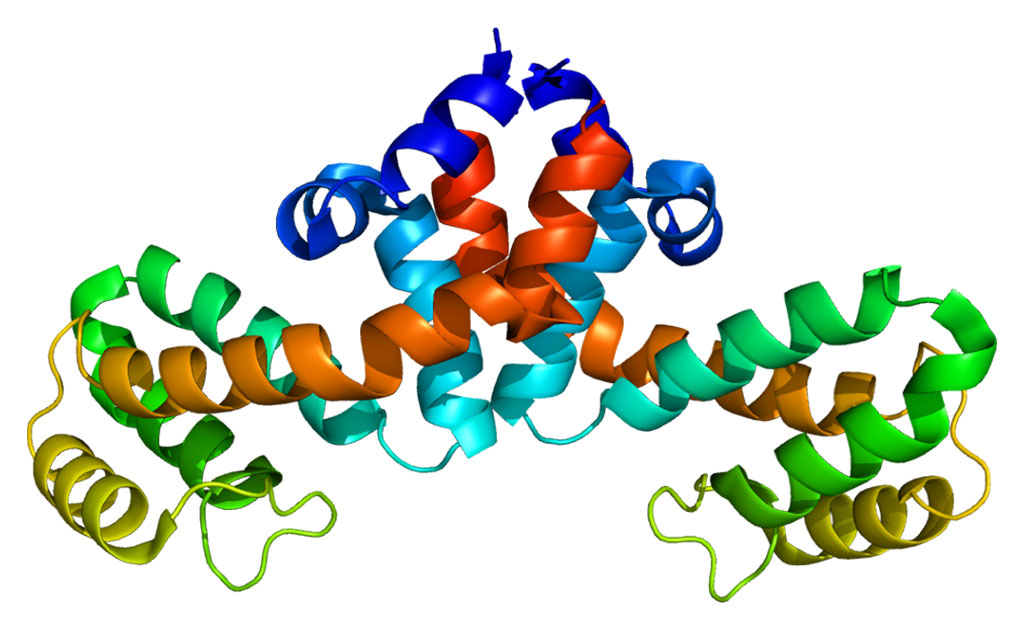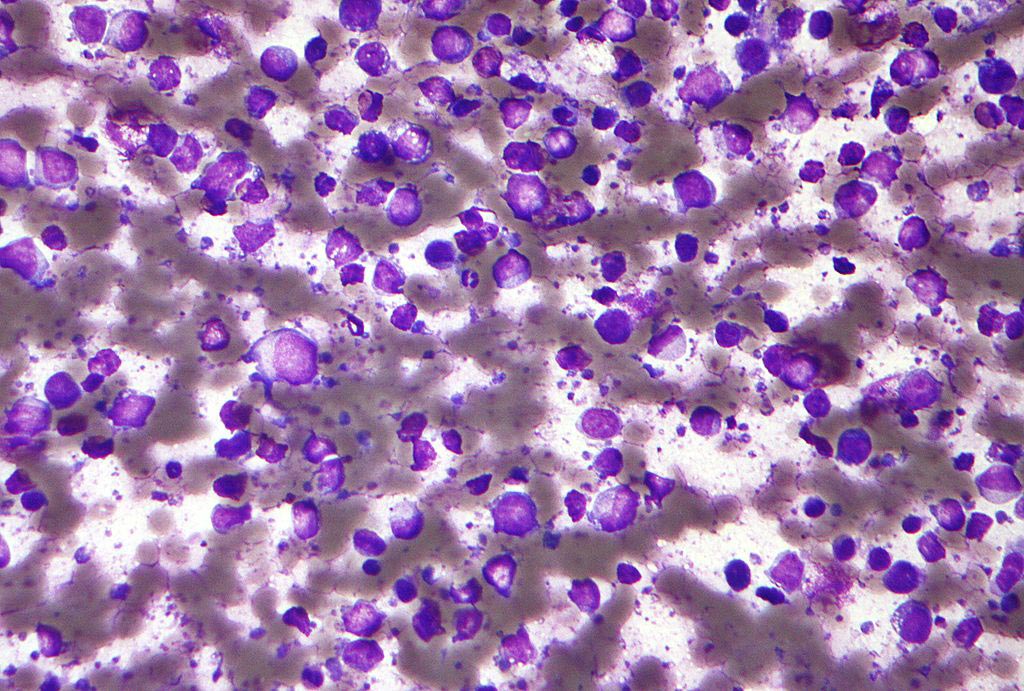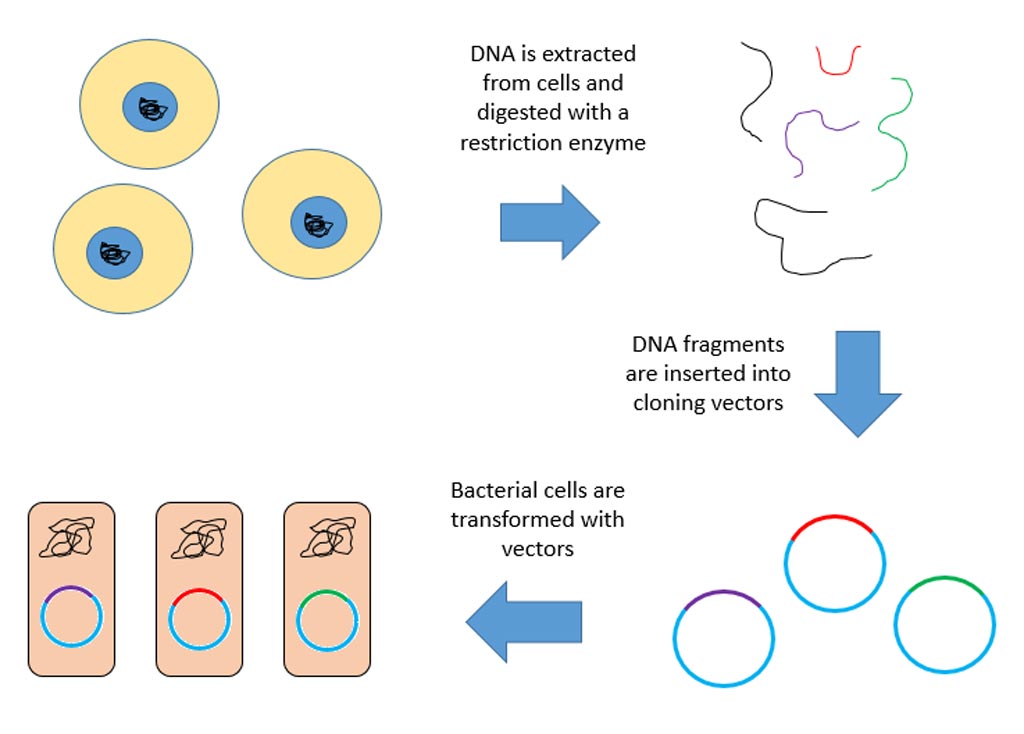Ultra-Fast Cameras Used To Visualize Molecular Activity
By LabMedica International staff writers
Posted on 23 Dec 2008
Scientists in Munich and Boston have been working with new three-dimensional (3D) imaging systems that use ultra-fast cameras to capture high resolution images of the molecular activity in laboratory mice engineered to develop lung cancer. With additional evaluation, the scientists reported the same approach could be used to study cancer in people.Posted on 23 Dec 2008
The research was led by Dr. Vasilis Ntziachristos, director of the Institute for Biological and Medical Imaging at the Helmholtz Center (Munich, Germany), and Dr. Mark Niedre, assistant professor of electrical and computer engineering at Northeastern University (Boston, MA, USA). The technology involved required a sophisticated use of light. According to Dr. Niedre, they solved the problems associated with traditional infrared-imaging technology, resulting is a clearer image of molecular markers of inflammation and other lung disorders.
The inventory of genes and proteins associated with cancer and other diseases is growing rapidly: early in November 2008, for instance, scientists reported sequencing the whole genome of a cancer cell for the first time. Molecular imaging technology puts this data in context by allowing scientists to see biologic molecules in action inside diseased cells and tissues. Now, researchers have devised a molecular imaging technique that uses near-infrared light peer deeper into the body.
Fluorescent-protein tags can be generated to target nearly any biologic protein, be it an enzyme that helps cancer cells advance through surrounding tissue or a marker of arthritic inflammation. However, their use has been limited to shallow tissues in humans or to small animals. The markers are triggered by, and emit near-infrared or infrared light, which scatters in the tissue; the more tissue the light has to penetrate, the blurrier the images become. A new 3D near-infrared imaging system utilizes ultra-fast cameras to capture light that has not scattered. The technology been used to create clearer, higher-resolution images of the molecular workings of lung cancer in mice, and with further development, it might be used to study disease in thicker tissues and in humans.
This progress, according to the scientists, should quickly provide researchers with an inside look at how cancer metastasizes inside an animal. The scientists are now trying to determine the precise molecular mechanism that occurs as cancer spreads from one tumor site to another.
Related Links:
Helmholtz Center
Northeastern University














